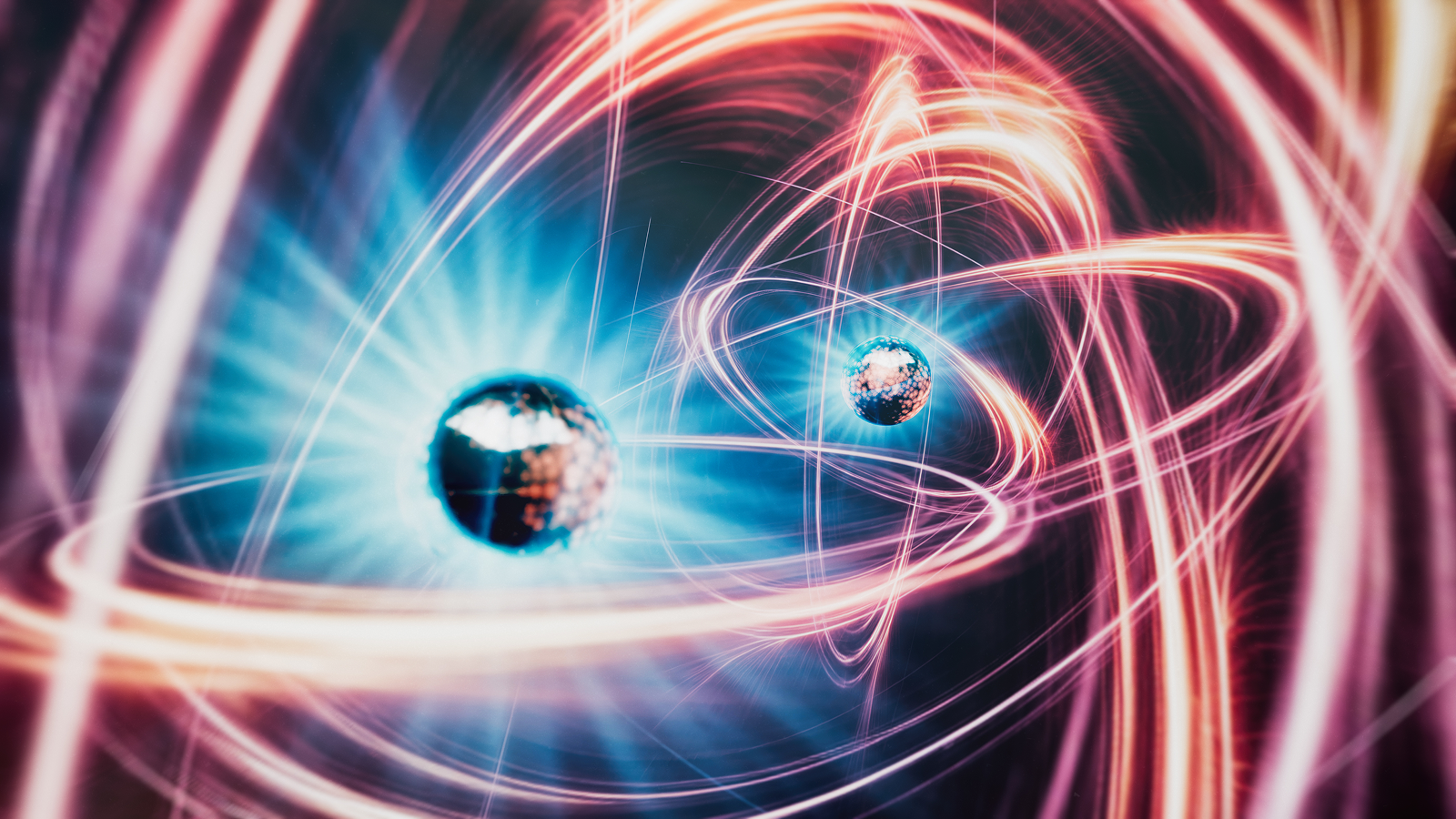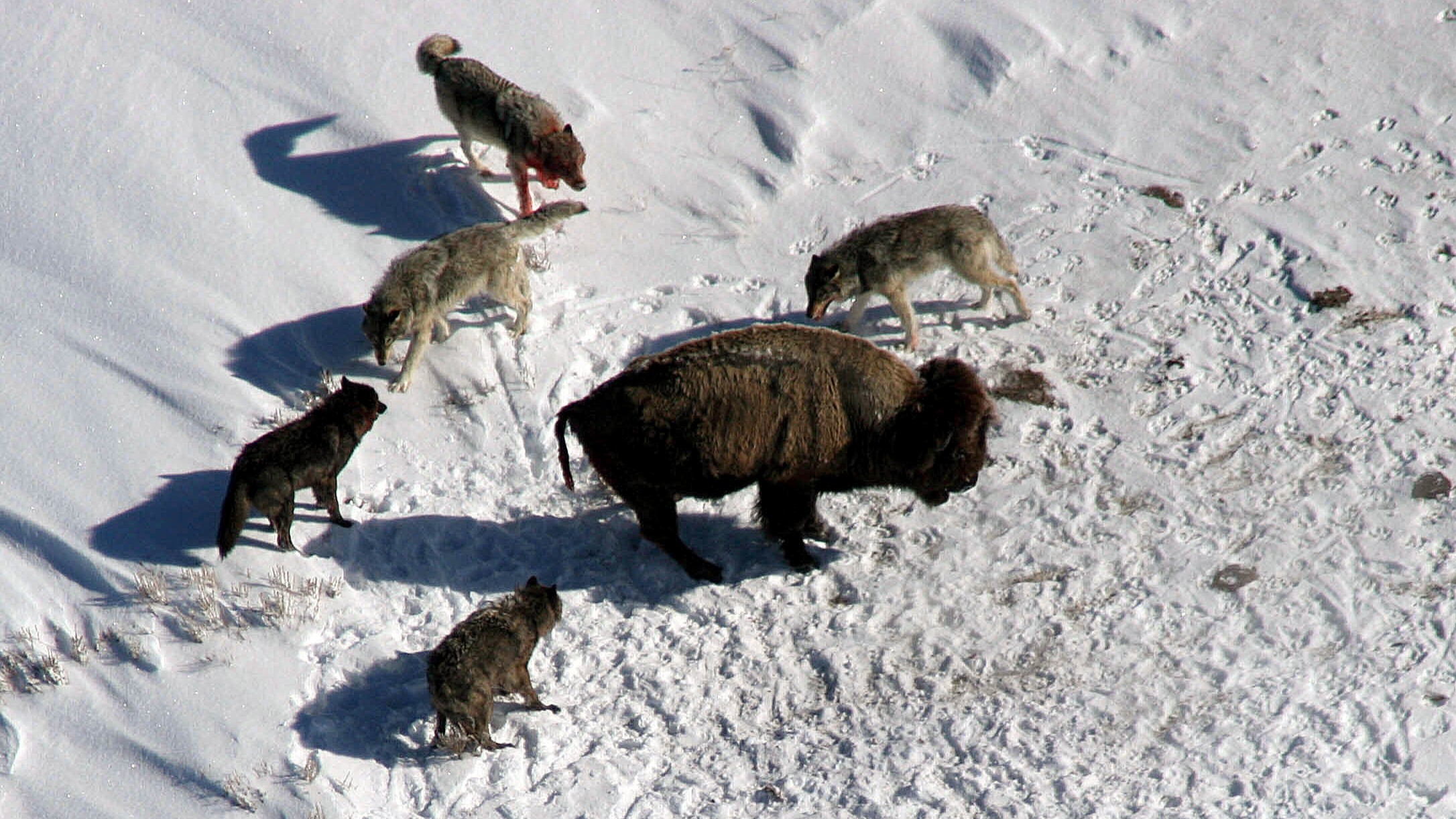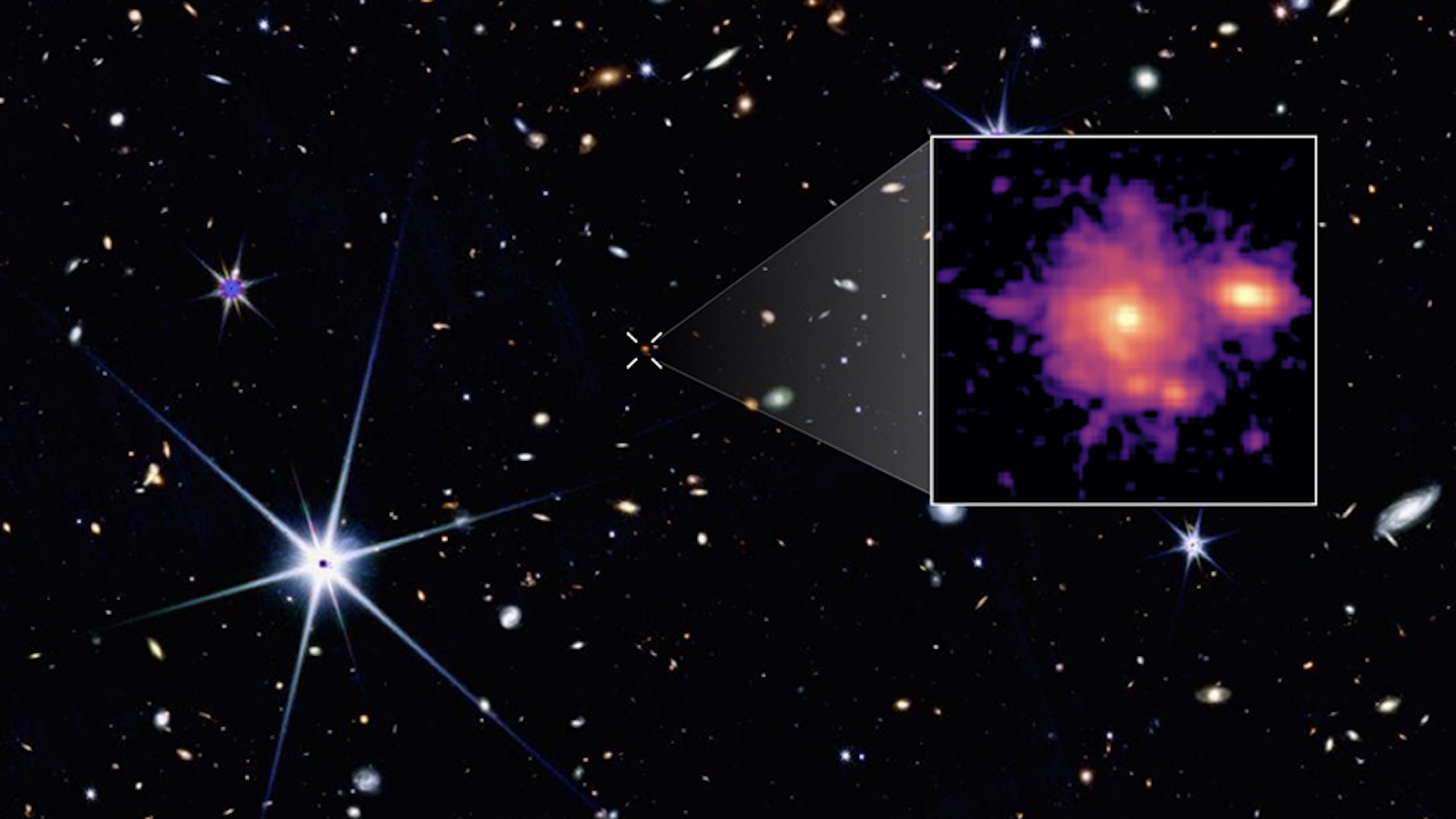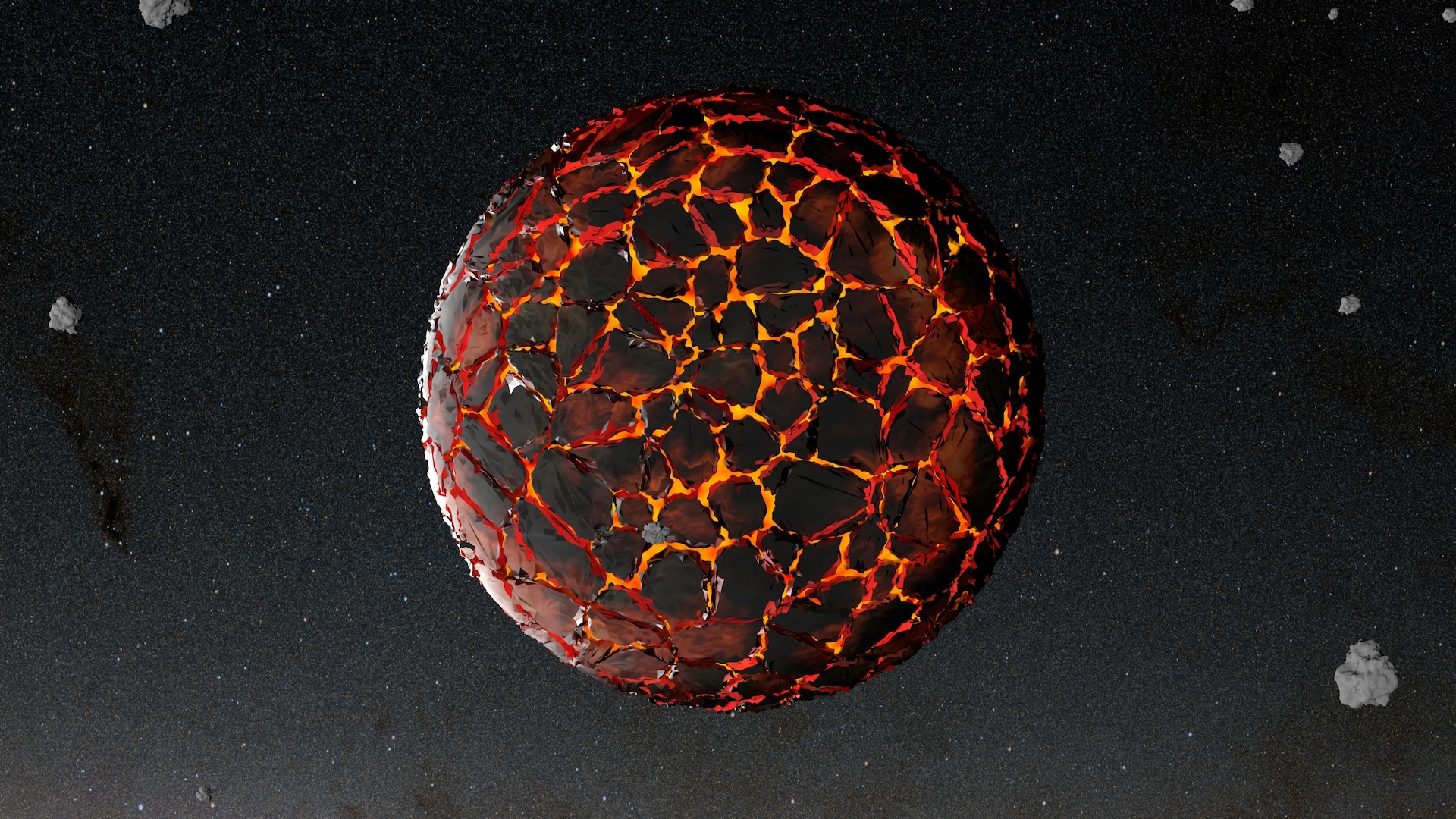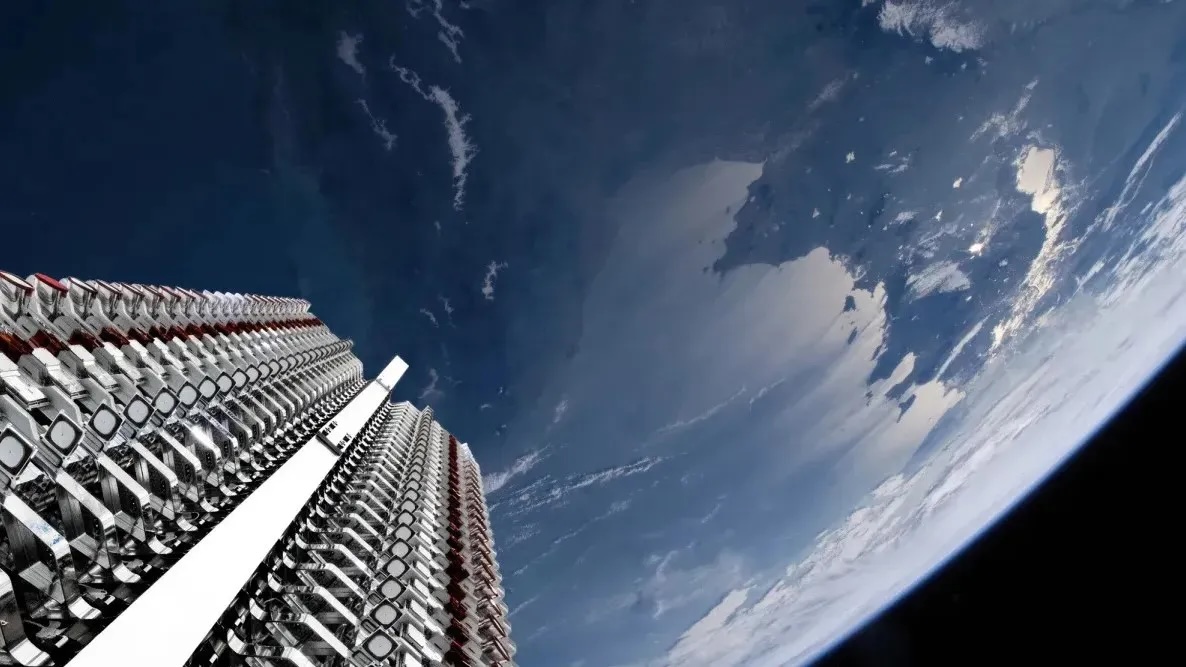Fukushima nuclear power plant is now pumping wastewater into the Pacific Ocean
The International Atomic Energy Agency — the UN's atomic watchdog — has said the release meets international safety standards with a "negligible radiological impact."
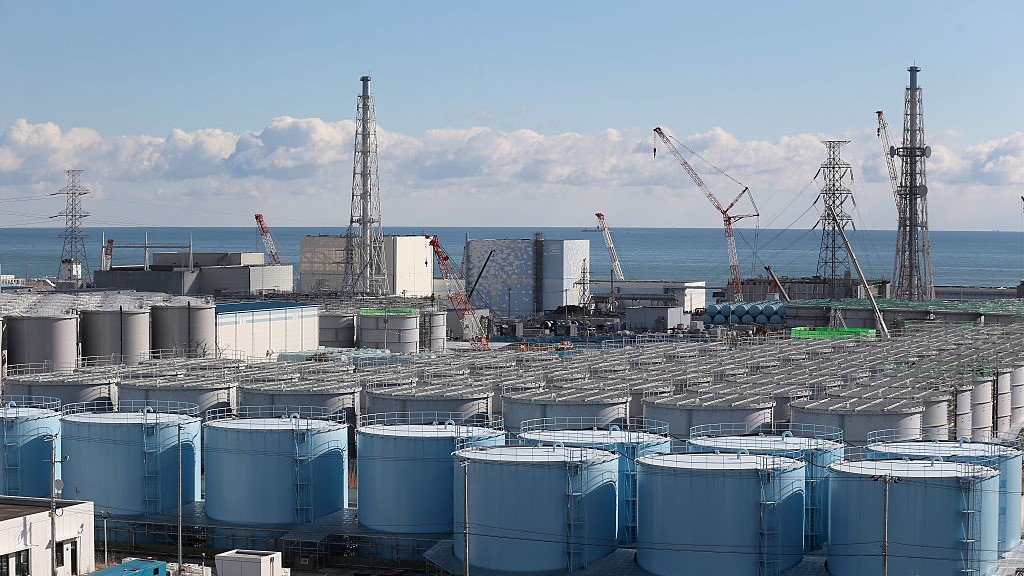
Japan has begun discharging wastewater from the Fukushima-Daiichi nuclear power station into the Pacific Ocean — the first of four releases planned before March 2024.
Plant operator TEPCO activated the seawater transfer pumps shortly after 1 p.m. local time Thursday (Aug. 24). Experts estimate it will take 17 days to complete the release and discharge the roughly 275,500 cubic feet (7,800 cubic meters) of water into the sea.
The International Atomic Energy Agency (IAEA), the UN's atomic watchdog, has approved the release and found it complies with international safety standards.
"The controlled, gradual discharges of the treated water to the sea, as currently planned and assessed by TEPCO, would have a negligible radiological impact on people and the environment," Rafael Mariano Grossi, the director general of the IAEA, wrote in a report.
Related: How do you decontaminate objects exposed to radioactivity?
Roughly 1.48 million tons (1.34 million metric tons) of water — equivalent to 540 Olympic swimming pools — that was used to cool the reactors, or seeped in through the ground or rain, are stored in 1,000 steel containers at the seaside Fukushima power plant. The site is now close to full capacity, plant operators told AFP.
Japan announced in 2021 that it would release millions of tons of nuclear wastewater into the sea via a pipe stretching 0.6 miles (1 kilometer) out from the coast. The water was treated with a special filtering system that removes all the radioactive elements except tritium, an isotope of hydrogen that is very difficult to eliminate. Tritium has a half-life of 12.33 years, and as it decays it converts into helium.
Sign up for the Live Science daily newsletter now
Get the world’s most fascinating discoveries delivered straight to your inbox.
Nuclear power facilities regularly release tritium into waterways across the world, Tony Hooker, an associate professor at the University of Adelaide in Australia who specializes in radiation protection, told AFP. "For decades [there have been] no evidential detrimental environmental or health effects," he said.
TEPCO said it has diluted the wastewater to reduce remaining radioactivity levels to 1,500 becquerels per liter, which is well below Japan's national safety standard of 60,000 becquerels. The World Health Organization (WHO) limits radioactivity for drinking water to 10,000 becquerels per liter, Hooker noted.
Plant operators have yet to clear the remaining debris and nuclear fuel in three reactors that went into meltdown after the massive earthquake and tsunami that decimated the Fukushima-Daiichi nuclear power plant in March 2011, TEPCO said.

Sascha is a U.K.-based staff writer at Live Science. She holds a bachelor’s degree in biology from the University of Southampton in England and a master’s degree in science communication from Imperial College London. Her work has appeared in The Guardian and the health website Zoe. Besides writing, she enjoys playing tennis, bread-making and browsing second-hand shops for hidden gems.
